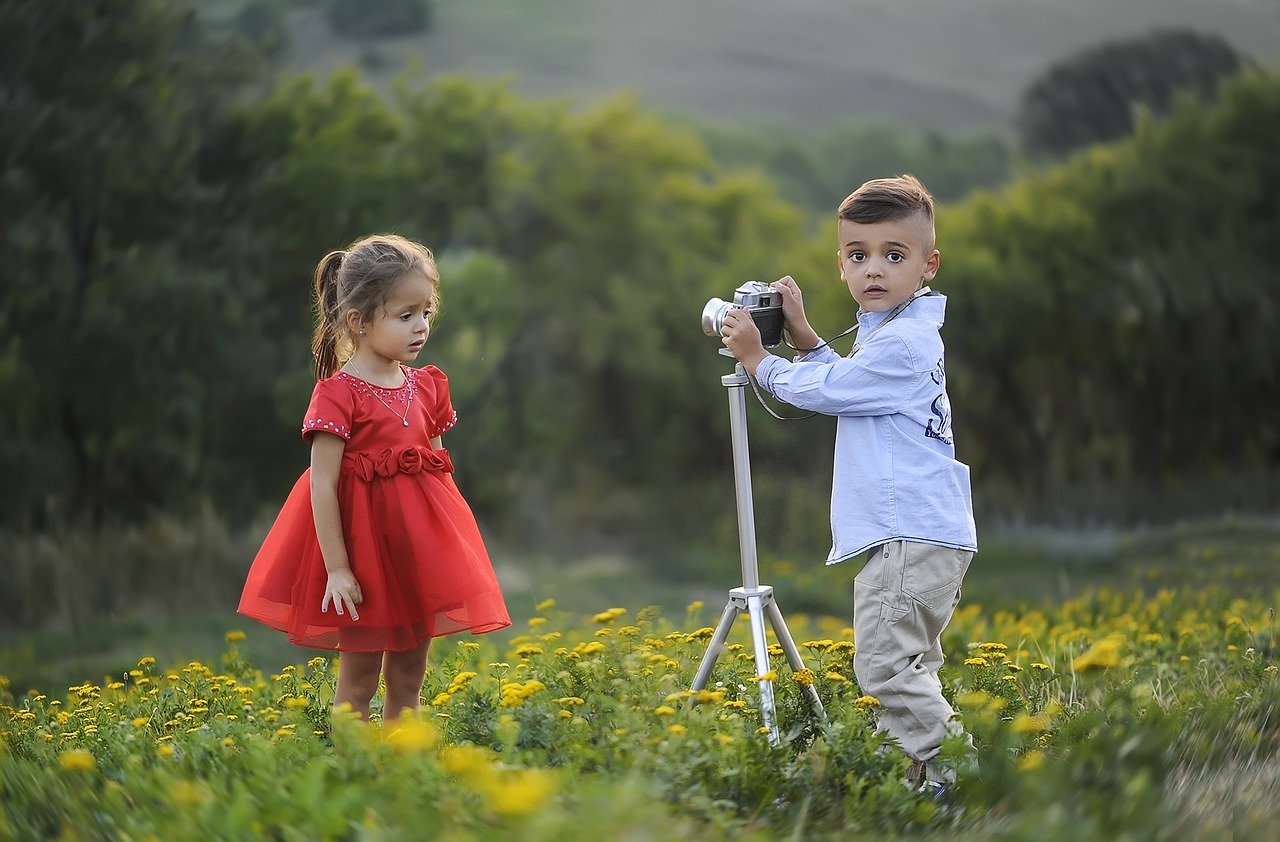How to Take Photographs of Children
Table of contents
- Here’s a rundown of the most important aspects of child photography:
- 1.Plan the procedure, know your equipment, and have it ready.
- 2. Get to know your subject and learn how to interact and connect with the child
- 3. Be creative imaginative and enjoyable to be around
- 4. Have props to entertain the child or set the mood for the photoshoot
- 5. Get down on their level and calculate your angel
- 6. Select the appropriate location, clothing, and timing
- 7. Ascertain that the child’s parents are on the same page as you
- 8. be patient and prepared for mood swings
- latest POST
- related link
Photographing children can be a difficult task at times because most children dislike posing for the camera (especially when they are too busy doing something they like). Everything happens at a breakneck pace, making it difficult for the photographer to capture the moment. As a result, many of us end up with blurry and out-of-focus photos and wonder how we can improve our photography skills to achieve better results. After learning a lot about child photography, photographing my two boys, and doing some fieldwork, I decided to write an article with tips and pointers on how to successfully photograph children.
Powerful child portraits are not the same as “look at the camera and smile” photos. A true portrait will reflect a child’s personality, energy, and uniqueness, which each bundle of joys possesses.
Here’s a rundown of the most important aspects of child photography:
- Plan the procedure, know your equipment, and have it ready.
- Get to know your subject and learn how to interact and connect with the child.
- Be creative, imaginative, and enjoyable to be around.
- Have props to entertain the child or set the mood for the photo shoot.
- Get down on their level and calculate your angles.
- Select the appropriate location, clothing, and timing.
- Ensure that the child’s parents are on the same page as you.
- Be patient and prepared for mood swings.
- Take numerous photographs.
- Image retouching and post-processing
1.Plan the procedure, know your equipment, and have it ready.

Even if things get a little out of hand when photographing children, try to plan the shoot as much as possible. First and foremost, determine what type of equipment you will require for that specific photo session. If you intend to shoot indoors, make sure you have all of the necessary photography equipment. The light inside the house or building may not be as good as it is outside, and you may need additional equipment to make things work. If you’re using a point-and-shoot camera, I wouldn’t recommend shooting indoors because point-and-shoot cameras make too much noise in low-light situations.
A good light source to illuminate your subject is required for high-quality indoor photography. Shoot in front of a large window or in a well-lit room. If natural light is not available, have your external flash, shoot-through umbrella, and bounce cards ready. Use your on-camera flash sparingly or not at all, as it creates very ugly and harsh shadows in the images. If you’re shooting outside, you should be familiar with basic lighting techniques. Shooting against the sun is not recommended if you do not know how to control your camera manually.
What are the best camera settings to use? Because children are fast, dynamic, and spontaneous, commanding them to do what they want is nearly impossible. Set your camera to a position where you can easily control the process. I use the “Aperture Priority” mode when photographing children. In this mode, you can experiment with depth of field by changing the aperture and letting your camera determine the best shutter speed for you. To have a reasonably fast shutter speed in low-light situations, you will probably need to set your aperture to the smallest number (a fast lens with a large aperture, such as f/1.4, helps a lot).
If the light begins to fade as the day progresses, increase the ISO slightly. Even though the images will be grainy, you may capture an image that is worth the entire photo session. Remember that a sharp image with more noise is preferable to a blurry noise-free image! If your camera has an “Auto ISO” feature, enable it and set your maximum ISO to 1600 on a full-frame camera (FX) and 800 on a non-FX camera (DX). A little noise isn’t a big deal because you can remove it in Lightroom and Photoshop. Beyond ISO 800-1600, I find that the images become too noisy for large prints. I highly recommend reading our article on how to take sharp photos if you want to learn more about camera settings.
.What is the best camera and lens for photographing children?
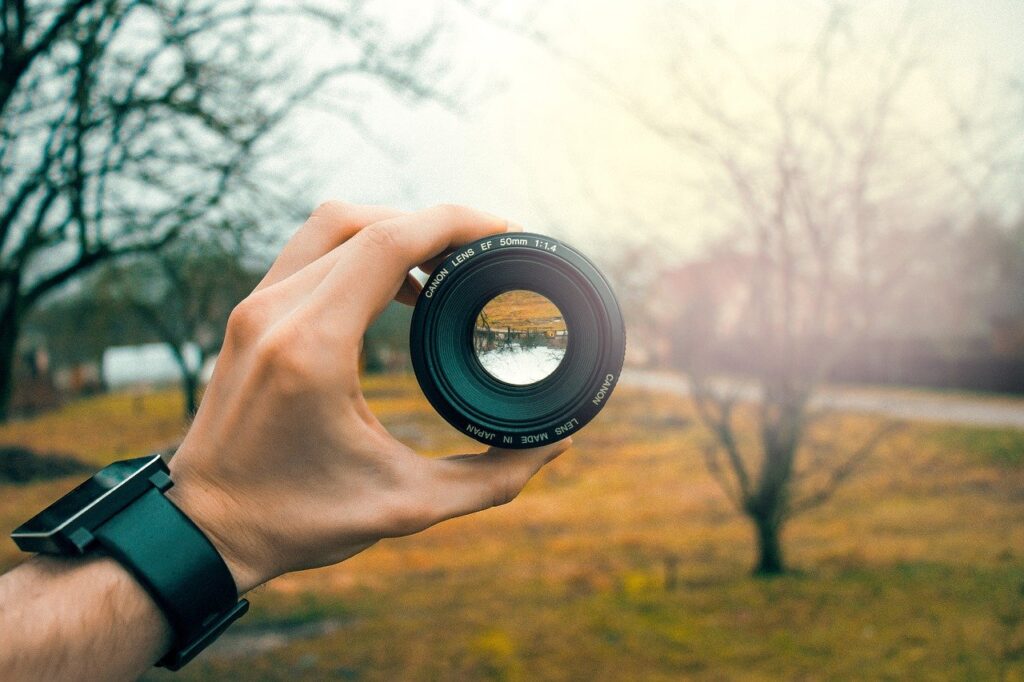
Any camera will do, but a DSLR with a fast aperture lens is highly recommended. You don’t need the most expensive top-of-the-line DSLRs for this; any entry-level DSLR will suffice. The lens is the most important component. I recommend using fast lenses because they perform well in low-light situations and do an excellent job of isolating subjects and creating a beautiful, creamy background blur, also known as “bokeh.” Fast-aperture 35mm and 50mm f/1.8 prime lenses deliver excellent results for child portraiture on a low budget (up to $250).If you have a medium-sized budget (up to $500), consider a 50mm f/1.4 prime lens. I tried out many different lenses, including top-of-the-line professional lenses, and my personal favorite is still the Nikon 50mm f/1.8G lens which I use the most. It’s small, light, and sharp enough for most of my lifestyle photography needs.
.What lighting equipment should I use for photographing indoors in low light?
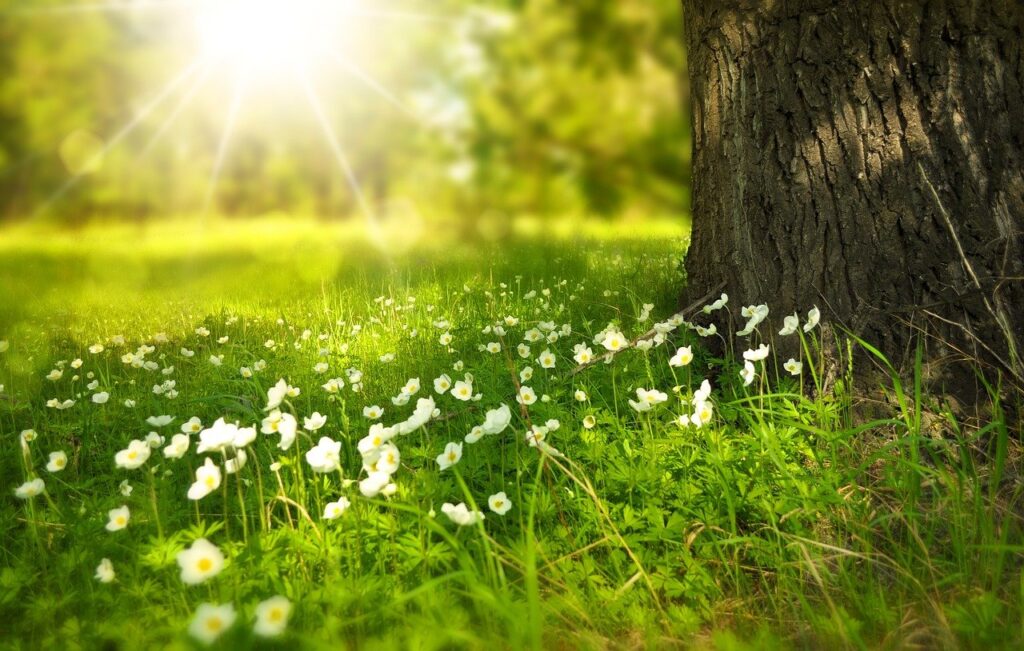
What a great question! If you don’t have a large and powerful source of light (like a large window) to illuminate the room, your only option is to use an external flash/lighting. As previously stated, you should never use a built-in flash for portraiture. The built-in camera flash casts unflattering shadows on the face and behind your subject, so avoid using it. If the room ceiling is white and not too high, I find that using an external flash mounted on the top of the camera with the flash head pointed up is a good way to lighten up the room. This bounces the light off the ceiling, creating softer shadows. Consider the following example, in which I bounced the light off the ceiling:
When I use a flash like that, I set it to “TTL” (through the lens) mode, my camera to “Manual,” then I set my aperture to somewhere between f/2.8 and f/5.6, my shutter speed to 1/200th-1/250th of a second, and my ISO to the lowest number (ISO 100 or ISO 200). In “TTL” mode, the camera automatically determines the appropriate flash power and fires just enough to properly expose the subject. This is simple to use, effective and produces excellent results.
If you want to take your indoor and studio photography to the next level, you should investigate off-camera flashes and lighting.
2. Get to know your subject and learn how to interact and connect with the child
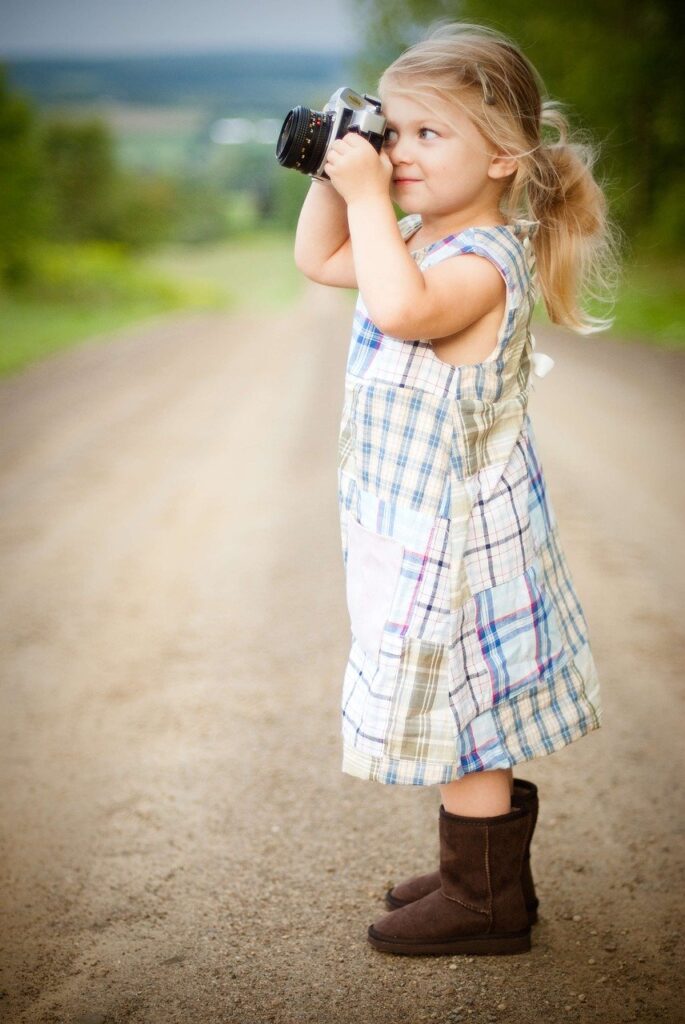
If you have the opportunity, try to get to know the child before the photoshoot. Try to figure out what the child enjoys, find a common ground, and be their friend. Don’t be another adult who tells them what to do. Maintain their innocence and playfulness, adopt their energy, and make them laugh by being silly. There is no need to make the child smile for the camera. Aside from dull and phony images, you will not receive anything extraordinary. Allow the child to play and have fun while you prepare for the shot. Ask the parents to stand right behind you, and then either call the child yourself or have the parents do it for you. As soon as the child looks, focus on the closest eye and snap a photo. Remember that even if you don’t have a smile or a giggle, you can still have some emotional, sensitive, and touching images. To achieve the best results, it is critical to forming a bond with a child.
3. Be creative imaginative and enjoyable to be around
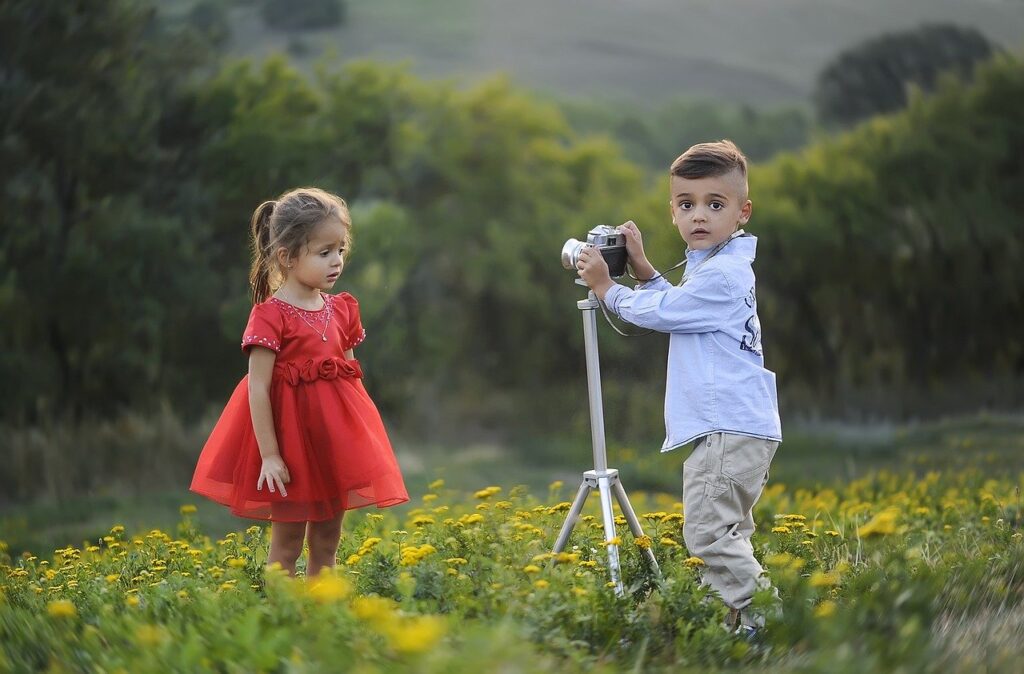
Creating Storyboards – Continue photographing the child while he/she is in motion and playing around to truly capture the child’s personality. Just from the 15 minutes, it takes to create a series of images in one frame, you’ll have at least 3-4 great images. This action-packed series of images tell a more comprehensive story than a single image. It also adds variety to the finished product. These kinds of photos are popular with parents!
In your images, try to convey emotional appeal, sensitivity, and spontaneity. Allow the child to communicate with you. Allow your child to touch the back of your camera and view their images on the LCD. Play roles, ask questions and pique their interest.
4. Have props to entertain the child or set the mood for the photoshoot
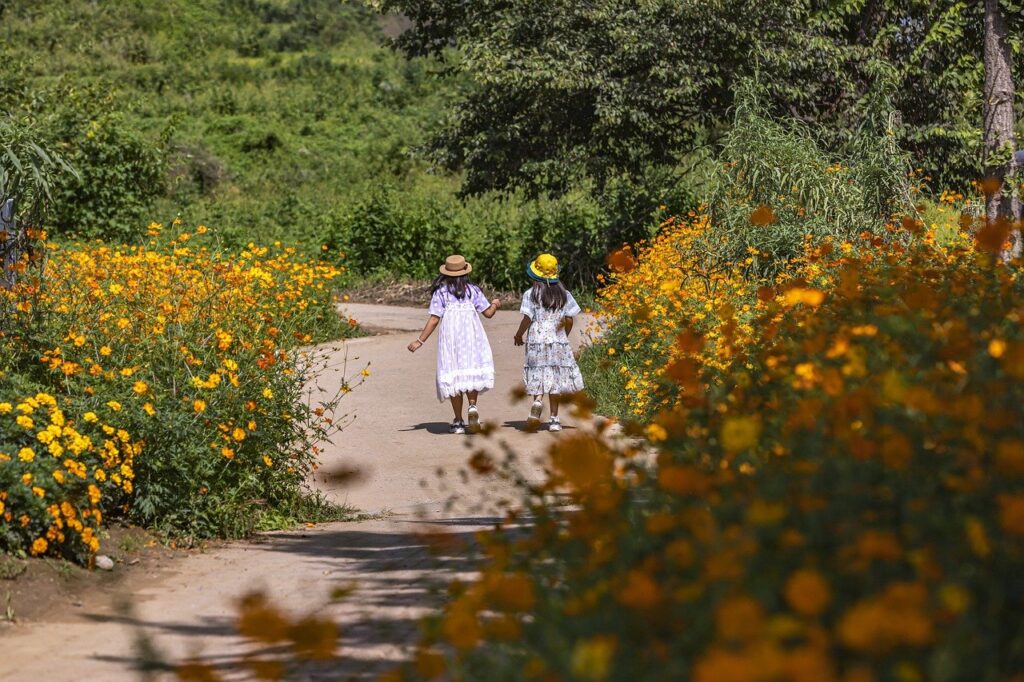
Children, like adults, can become anxious when they see a room full of equipment or a foreign person in the family. While we already know that bonding with the child is important, it is also beneficial to help them relax. Give them something to occupy their time. There are numerous ways to entertain children. The first step is to consult with parents to learn what their children enjoy doing. Make certain that you are the one who brings the items for bonding purposes. Keep toys, bubble makers, balloons, fruits, and candies on hand. While you can certainly use these props in your photographs, the main goal is to relax the child and divert his or her attention away from unnecessary activities.
Note: If you want to make some adjustments to the photo just let me know. I can do it for you at a very low cost. You can hire me to edit your photo.
5. Get down on their level and calculate your angel
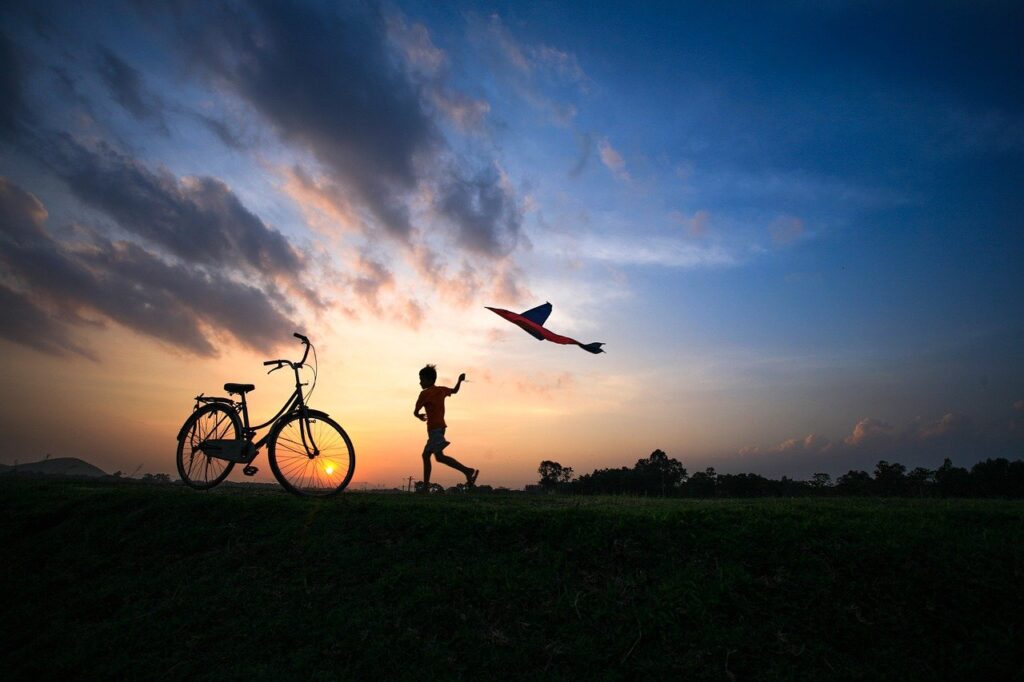
While it is common practice to get down to a child’s level in order to obtain killer images, you can also try a few things that go against common practice. Take some pictures while standing up, some while laying down, and some while sitting on the child’s level. Remember that creativity is your best friend. Make the best of it. Experiment with different angles and capture details of the child’s clothing and favorite toys. After all, you’re making memories that will last a lifetime. Child photography necessitates a high level of sensitivity.
6. Select the appropriate location, clothing, and timing
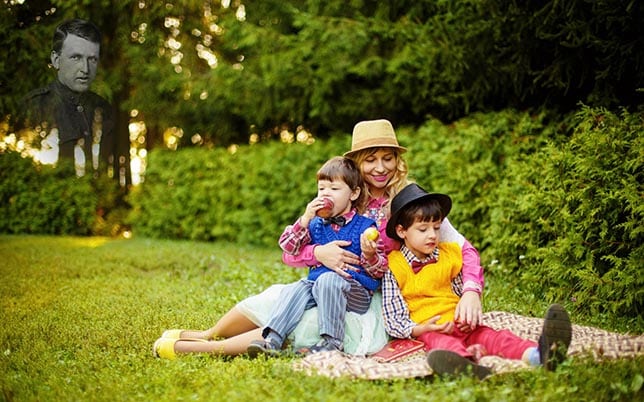
- The importance of location in creating great images cannot be overstated. Some parents leave the location to the photographer. I always scout locations ahead of time. If you have the time and means to travel, I recommend that you do so. This way, you’ll know where the good spots are and can better plan your shots.
- Background and surroundings – When taking photos, make sure there are no distracting elements in the background. The child should ideally be separated from the background, and the background should be soft and blurry. Keep an eye out for harsh objects and unappealing colours in the background and surroundings.
- What to wear – I recommend dressing the child in something that truly reflects their personality. It is your responsibility to be creative and try out different approaches to see if one works better than another. Make sure to inform the parents ahead of time that they should bring extra clothing and other items such as hats, sunglasses, and so on. If you believe the clothing is unappealing or inappropriate for your environment, speak with your parents and request that it be changed.
7. Ascertain that the child’s parents are on the same page as you

Do not assume that the child’s parents agree with your tactics or how you treat their child. Take the time to explain your plans and how you intend to implement them. They can assist you greatly once they are comfortable and confident in your style and ideas. They can help you interact with the child so that you can capture more of the emotions that are normally difficult to create while standing behind the camera
8. be patient and prepared for mood swings
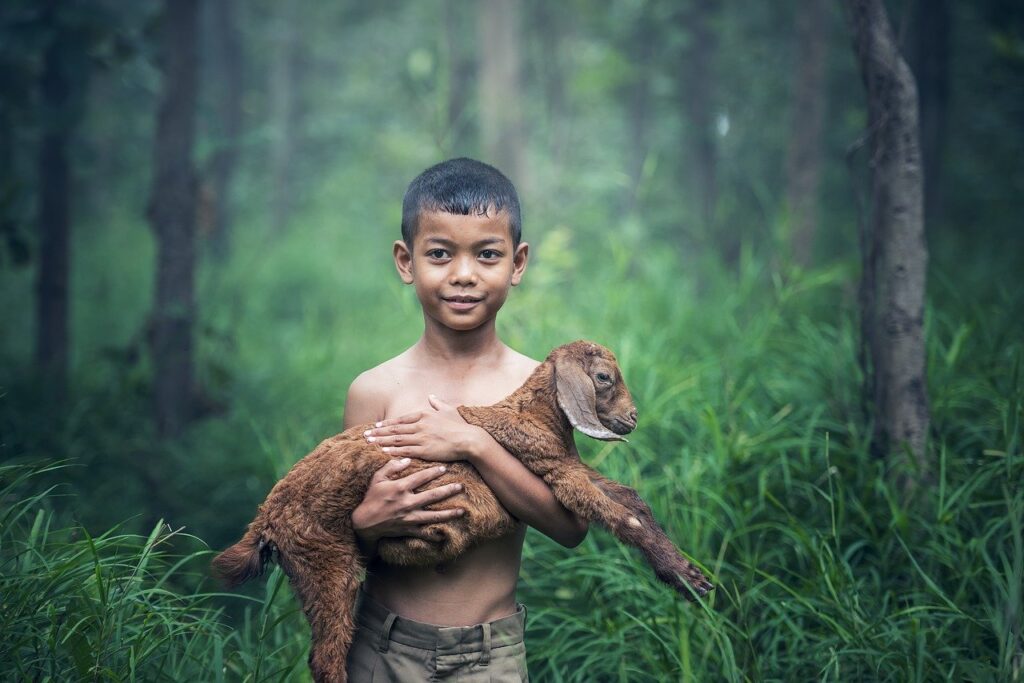
Mood Swings – Being a child photographer is a difficult job. Children are notoriously unpredictable. I can’t predict the behavior of my two boys, let alone the reaction of a child who is meeting me for the first time. Allow them some time to get used to you and your presence. Assure your parents that you will not leave when your time is up. You will get nowhere if you rush.
If children are tired of being photographed, they may become agitated. They may want to do something different, such as play a different game or relocate to a different location. If you don’t feel like you’ve got enough good pictures, talk to your parents about other options. Make a silly face to cheer up the child. That last guffaw you caught could be the best photo of the day
9. Take numerous photographs.
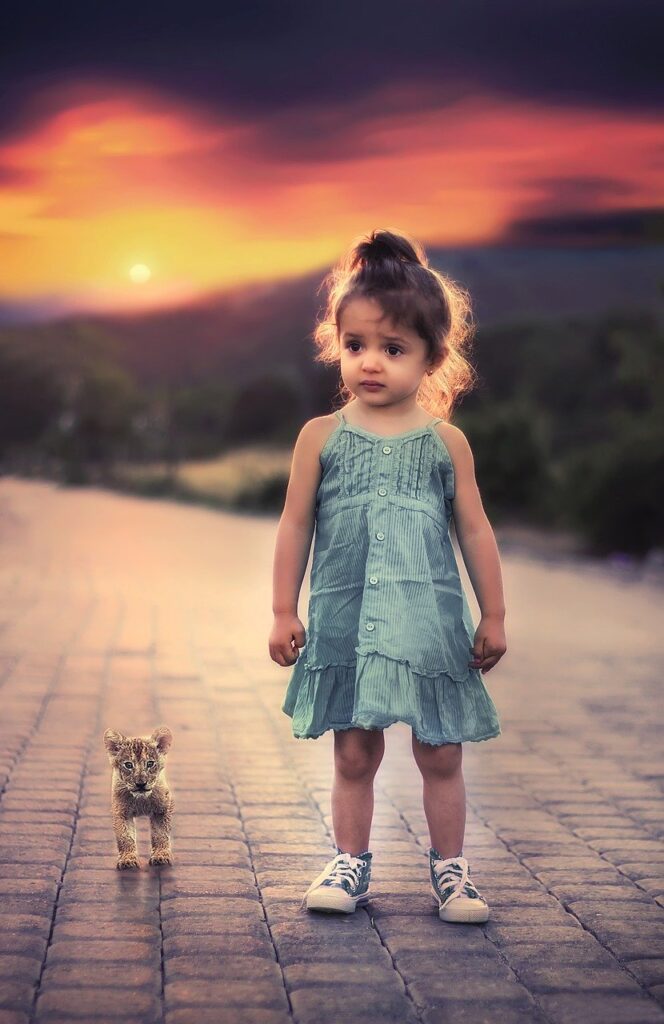
And, yes, take a LOT of photos. Don’t just sit there waiting for the best moment to come along, because you might never see it. Take a lot of pictures, try different angles, and take even more pictures. Get closer, then farther away, and keep shooting! Most likely, you will have a lot of blurry pictures, which is fine as long as you have some good, sharp pictures.
10. Image retouching and post-processing
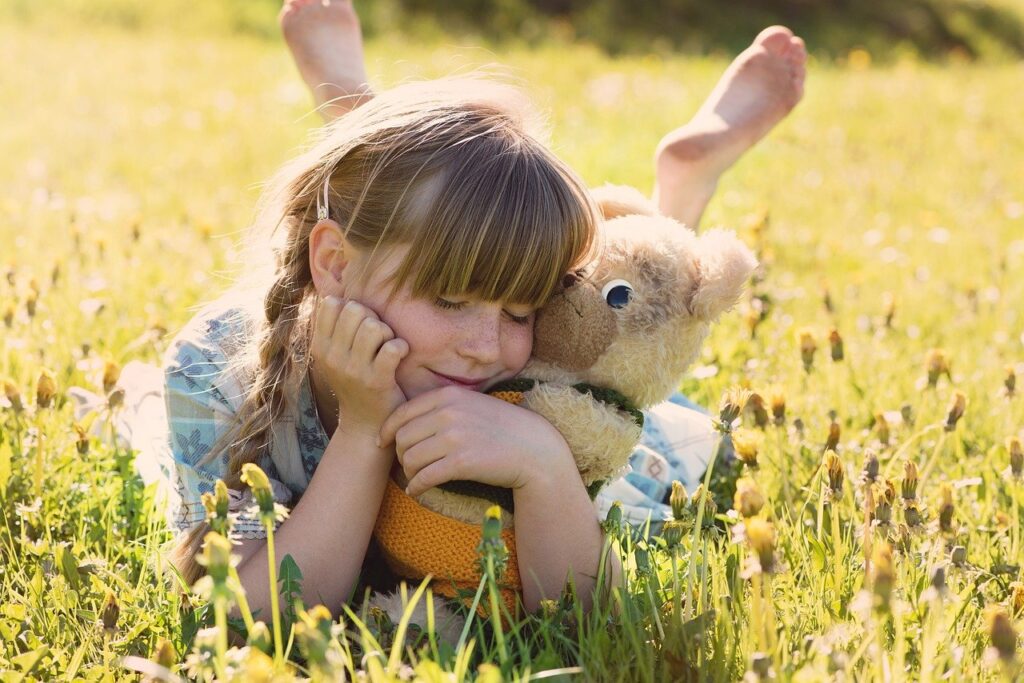
In general, I don’t do a lot of post-processing on my images. Post-processing is rarely required for well-composed images. There is no need to edit images, especially of children, because they are generally free of blemishes and imperfections. Try to keep the image as natural as possible. Excessive work on the image will alter the personality of the person embossed in it. I mostly do minor editing in Lightroom and only use Photoshop when absolutely necessary. To highlight the subject in the center, you may need to crop the image, adjust the angle, and add some vignetting. Pay close attention to the eyes and ensure they have a catchlight.
Note: If you want to make some adjustments to the photo just let me know. I can do it for you at a very low cost. You can hire me to edit your photo.
latest POST
- Company Profile WritingUncover the essential components of a company profile. Our guide covers how to write about your mission, history, and contact details to showcase your business effectively.
- What is CashKaro and How to use CashKaro cashback app?Discover CashKaro and transform your online shopping! Learn how to earn cashback effortlessly with the CashKaro app. Start enjoying discounts today!
- How to Make a Graphical Abstract?Elevate your research presentation with our guide to crafting compelling graphical abstracts. Discover essential tips on visuals, clarity, and effective design.
- Best AI tools for Facebook AdsIf you’re seeking to improve your Facebook advertising strategies, Birch or Revealbot, AdEspresso by Hootsuite, and Zalster are exceptional AI tools that enhance efficiency and maximize ad performance.
- Photo Editing MistakesExcessive editing, Oversaturating colors, Blurred images, Too much HDR and Overdoing filters and effects are some of the top photo editing mistakes to avoid for crafting stunning pictures.


